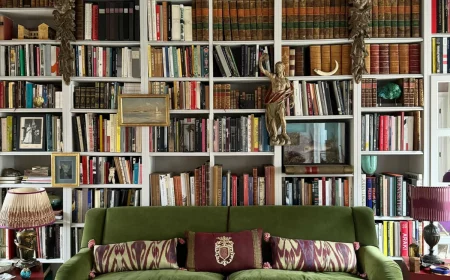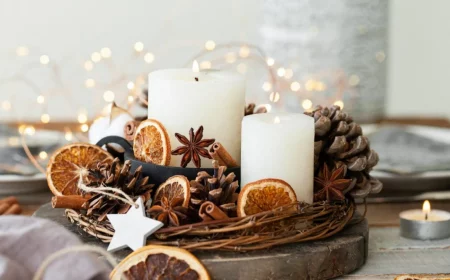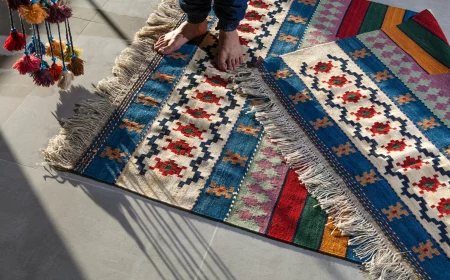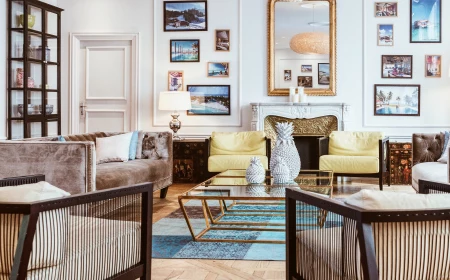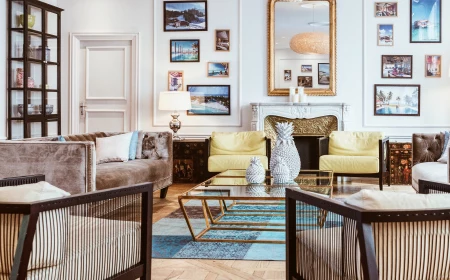An Installer’s Guide: Carpet Colors That Look Great vs. Ones You’ll Actually Love Living With
I’ve spent the better part of my career on my knees, installing carpet in hundreds of homes. And I’ve seen it all. I’ve laid down gorgeous, plush carpets that looked fantastic for about a year before they started showing their age. On the flip side, I’ve put in some unassuming neutral carpets that still looked brand new after a decade of kids, pets, and spilled popcorn.
In this article
What was the difference? It almost always boils down to color. But not just the color you fall in love with under the perfect lighting of a showroom.
People spend forever staring at tiny squares of carpet, trying to pick the perfect shade. But they often forget to ask the most important question: what will this color look like after a few muddy paw prints, a spilled glass of red wine, or five years of sun beaming through the window? My job is more than just stretching and seaming; it’s about helping you make a choice you’ll still be happy with long after my work van is gone. This isn’t about good or bad taste. It’s about how your color choice will directly impact your sanity, your cleaning schedule, and your wallet.
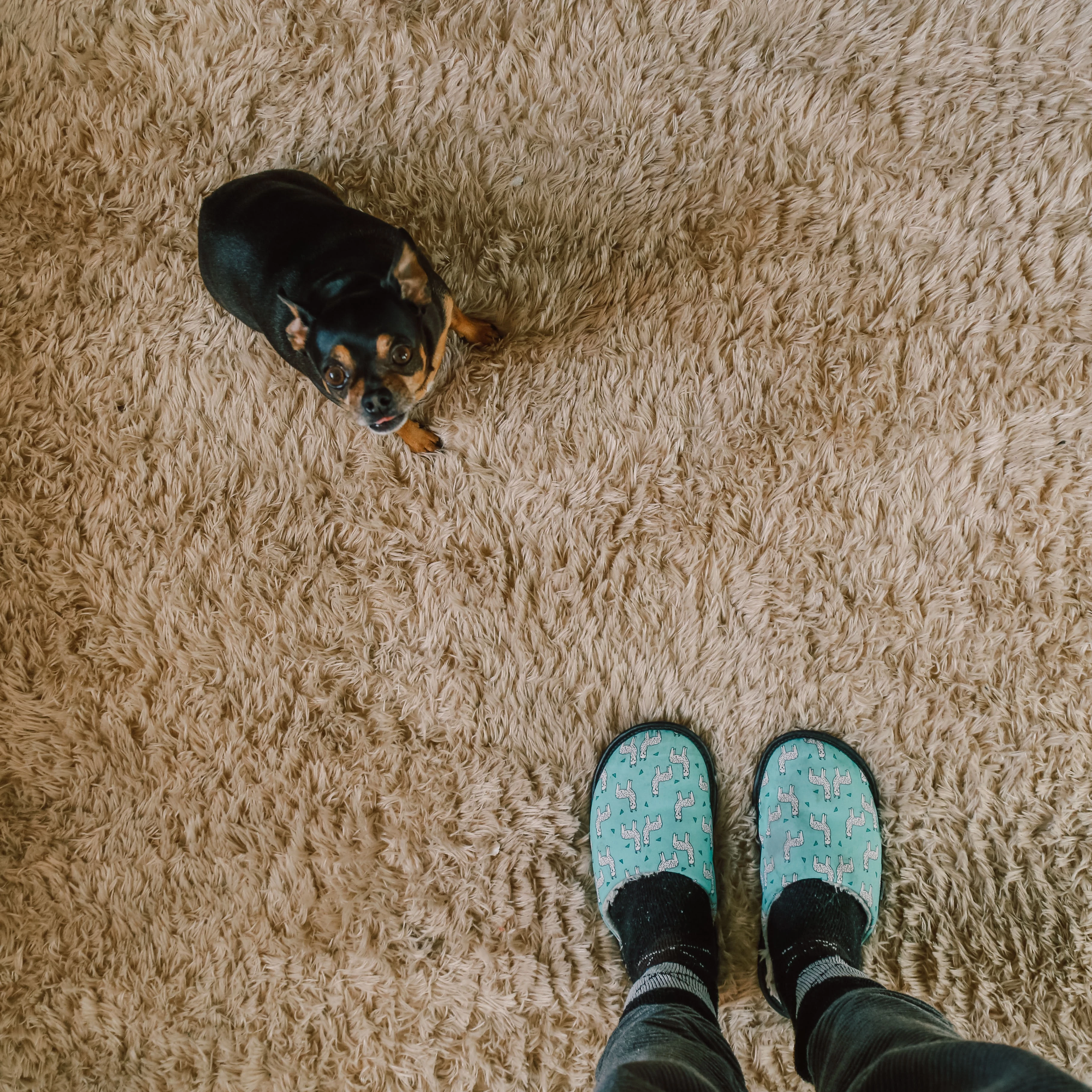
What Showrooms Don’t Tell You About Carpet Color
Before we even get into shades of beige or gray, we need to talk about how carpet really works with light and dirt. Honestly, understanding this is the single best tool you have for making a smart choice that will last.
Why That Color Looks Different at Home
Have you ever picked a paint color at the hardware store, only to have it look completely different on your wall? That’s a real thing, and it has a name: metamerism. It’s when a color seems to change depending on the light source, and carpet is a prime offender.
The color you see under the harsh fluorescent lights of a showroom is NOT the color you’ll get in your living room with warm morning sun. It’ll shift again in the cloudy afternoon and look totally different at night under your lamps.
I had a client once who chose this beautiful, sophisticated slate gray. In the store, it was perfect. But we installed it in their north-facing family room, which gets very little direct sunlight. The color instantly turned into a dull, depressing blue. The room felt cold and sterile, and the client was devastated. They’d fallen for a 12-inch square, not the 400-square-foot reality. This is why you should always, always take home the largest sample possible—I’m talking at least 3 feet by 3 feet—and live with it for a few days.
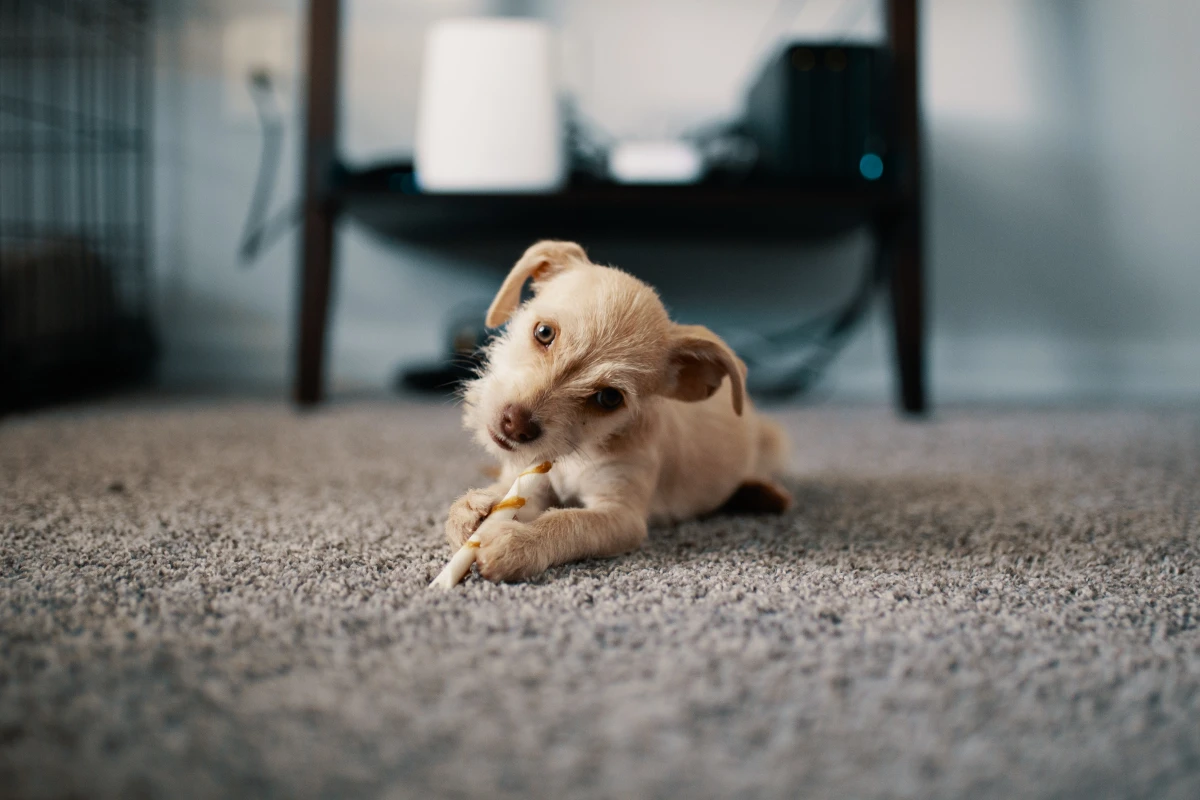
The Carrot vs. The Radish: Why Some Colors Don’t Fade
Not all carpet is colored the same way, and how the dye gets into the fiber is critical for how it performs over time. This is way more important than the brand name on the label.
Solution-Dyed Fiber (The Carrot): Imagine a carrot. If you slice it open, it’s orange all the way through. That’s how solution-dyed fiber works. The color pigment is mixed into the raw liquid material before it’s even turned into a carpet fiber. The result? The color is part of the fiber’s very core. It has incredible resistance to fading from sunlight and is super tough against stains. In fact, you can often clean these carpets with surprisingly strong solutions (some even allow for a diluted bleach mix!) without stripping the color.
Piece-Dyed Fiber (The Radish): Now, think of a radish. It’s red on the outside but white on the inside. That’s piece-dyeing. The fiber is made first as a neutral whitish color and then dipped into a dye bath. While this method can create some vibrant and complex color patterns, the color is just on the surface. These carpets are much more likely to fade over time, and a harsh cleaning chemical can literally pull the color right out. Wool is almost always piece-dyed, which is why it needs such delicate care.
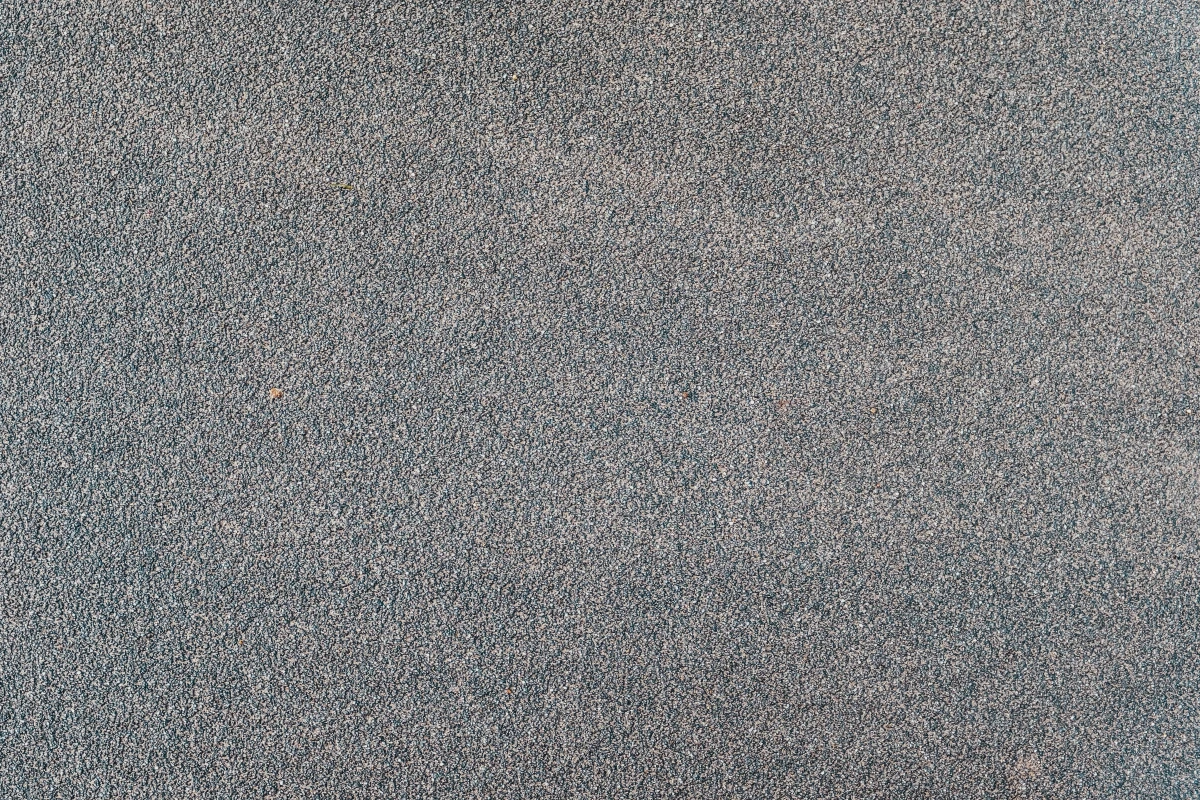
Now, you’re probably thinking the “carrot” method costs a fortune, right? It’s more, for sure, but maybe not as much as you’d guess. A basic, piece-dyed polyester might run you between $2 to $3 per square foot. That superior, solution-dyed nylon I’d put in my own house? You’re probably looking at the $4 to $7 per square foot range. It’s an investment upfront that pays off in fewer headaches and a longer-lasting floor.
Carpet Colors That Can Cause Regret
I don’t believe any color is truly “bad.” But let’s be real, some are just a lot harder to live with. Based on countless calls to fix or replace flooring, these are the palettes that most often lead to disappointment.
1. Solid White or Very Light Cream
This seems obvious, but it’s not just about spills. A pure white carpet acts as a blank canvas for every single piece of dust, pet hair, and sock lint in your home.
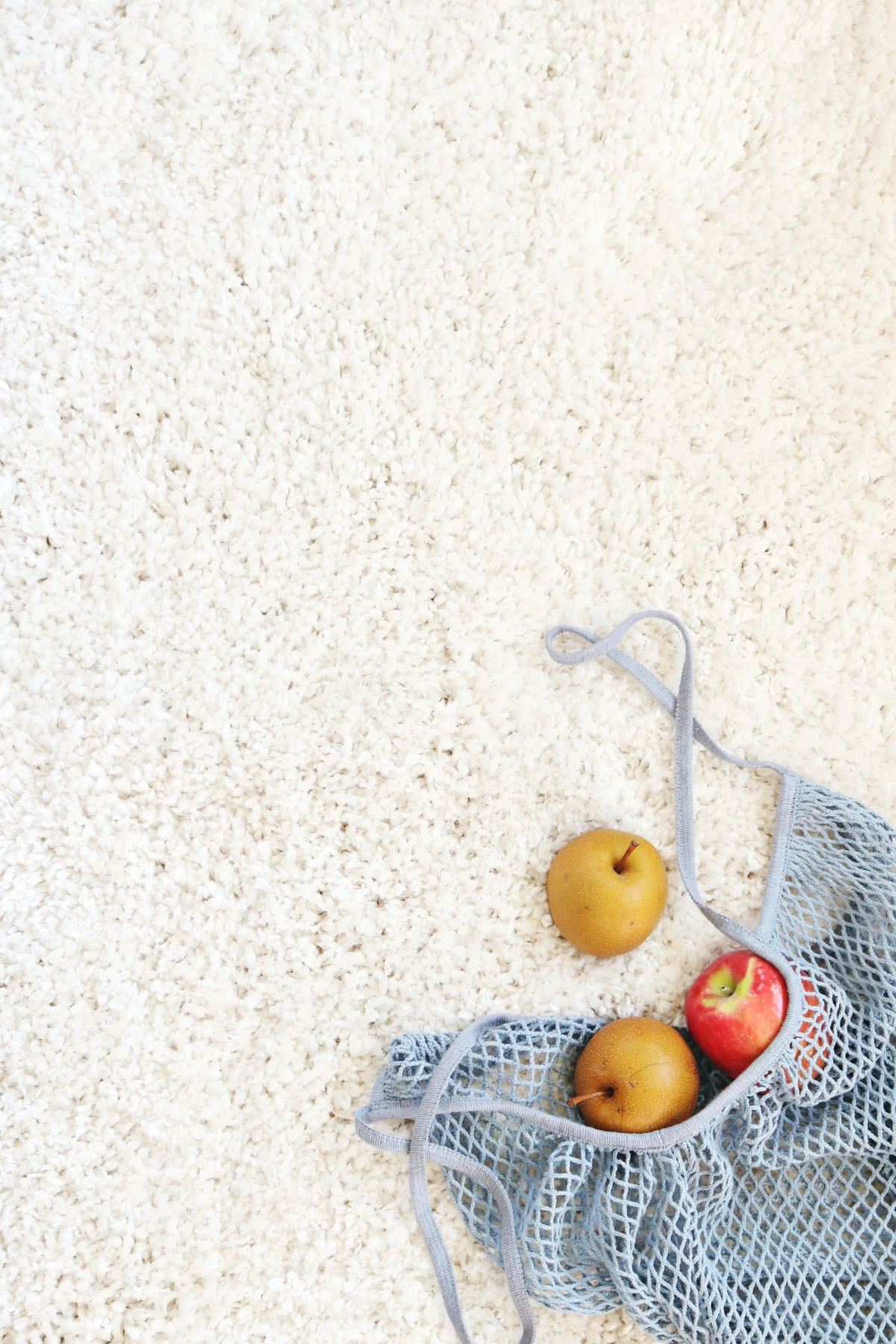
The Real-World Problem: I once installed a stunning, high-end white wool carpet in a formal living room. The owners were meticulous—no shoes, no pets, no-nonsense. Six months later, they called me back, unhappy. It wasn’t a stain; it was the faint, grayish “traffic lanes” that had appeared from the doorway to the sofa. This wasn’t dirt you could just vacuum up. It was the result of microscopic oils and dust from socks and feet slowly working into the fibers. On a carpet with even a little bit of color variation, it would have been totally invisible.
2. Solid Black or Dark Charcoal
People think black is the ultimate choice for hiding dirt. From my experience, it does the exact opposite. It might hide dark soil, but it puts a spotlight on everything else.
The Real-World Problem: A young professional wanted a sleek, modern look for his apartment and chose a solid black, plush carpet. He called me a week later, completely frustrated. He said his place had never looked dirtier. The carpet highlighted every crumb from the kitchen, every speck of dust, and every single piece of lint from his socks. It was a nightmare to keep clean.
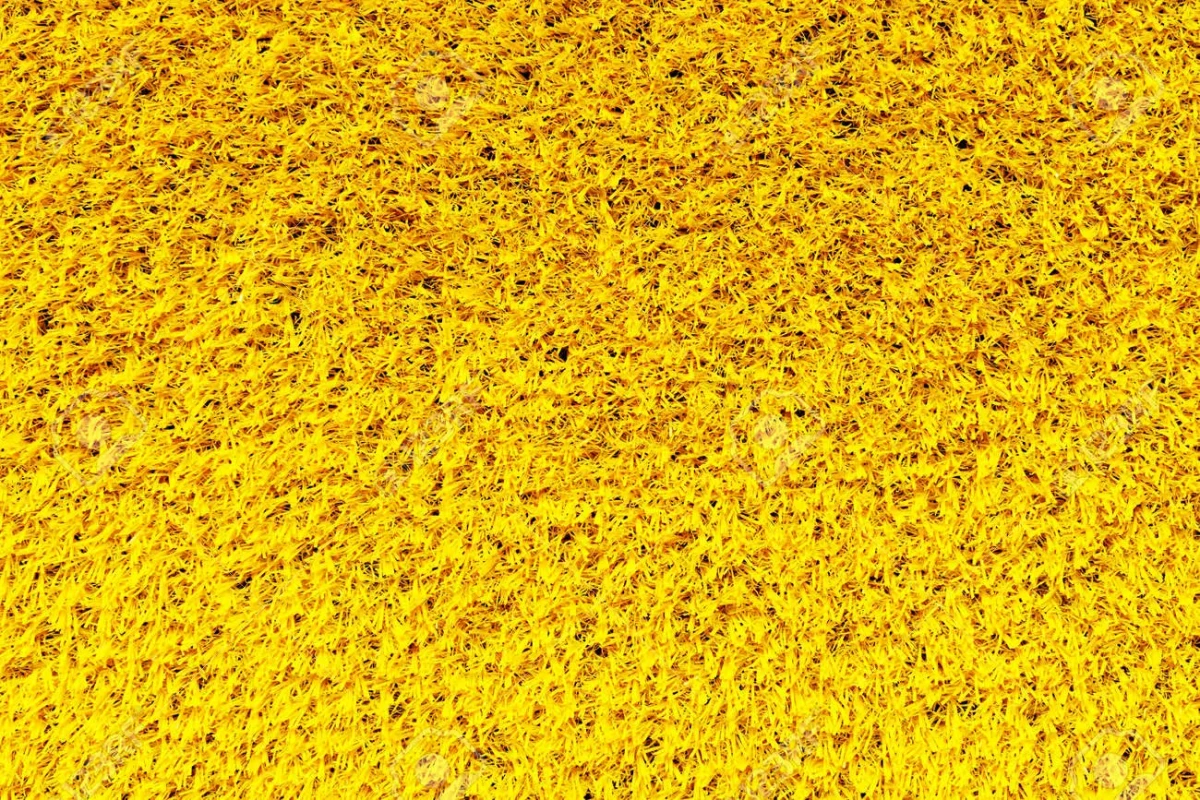
A Pro-Tip: If you absolutely must go dark, choose a low-profile loop or a Berber-style carpet. It doesn’t have the long, plush fibers that bend and show every single footprint and vacuum mark. Plus, always opt for a dark color that has flecks of gray or brown in it—what we call a “heathered” look. Those little variations are brilliant at hiding dust and lint.
3. Highly Saturated, Bold Solids (Think Fire-Engine Red)
A bold, punchy color can look amazing in a small swatch. But stretched across an entire room, it can become visually exhausting.
The Real-World Problem: A while back, I installed a bright red carpet in a home theater. The owners loved it… for about six months. Then they called about replacing it. The color was so intense that they found it hard to relax in the room. Even worse, when they went to sell the house, their real estate agent told them the red carpet was a huge turn-off for buyers. It’s just too personal of a choice.
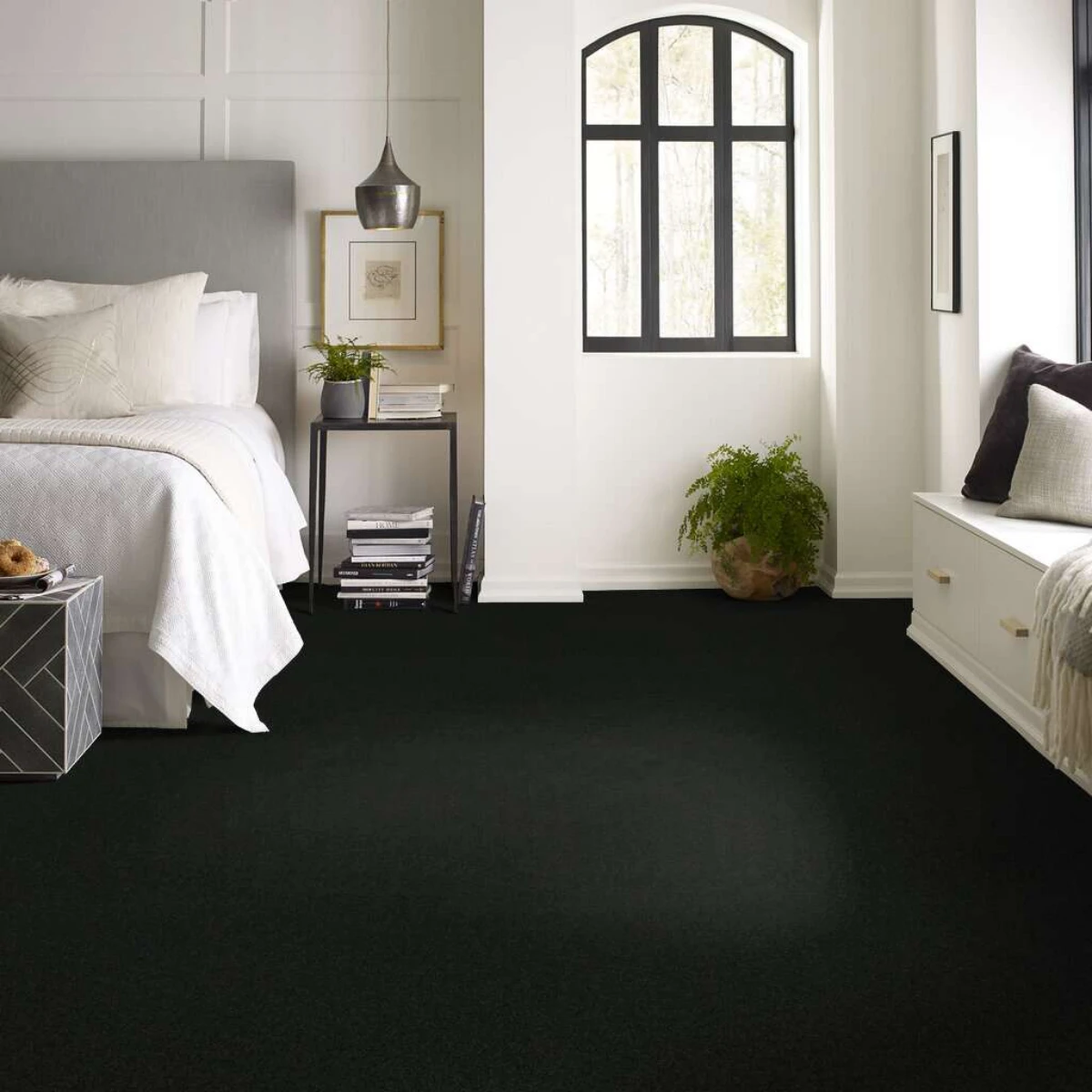
A better idea? Use bold colors for things that are easy and cheap to change, like an area rug (which you can find for $200-$500), throw pillows, or a painted accent wall. Carpet is a long-term investment.
4. The Wrong Kind of Gray
Gray has been the king of neutrals for a while, but it’s also one of the easiest colors to get wrong. The biggest issue I see is with the undertones.
Homeowners will pick a chic, cool gray with blue or purple undertones and try to pair it with warm-toned furniture, like oak or cherry cabinets. The result is a disaster. The gray looks oddly blue, the wood looks orange, and the whole room just feels… off. It creates a cold, sterile vibe instead of a warm, inviting home. Always go for warmer grays, sometimes called “greige,” if you have a lot of wood tones in your house.
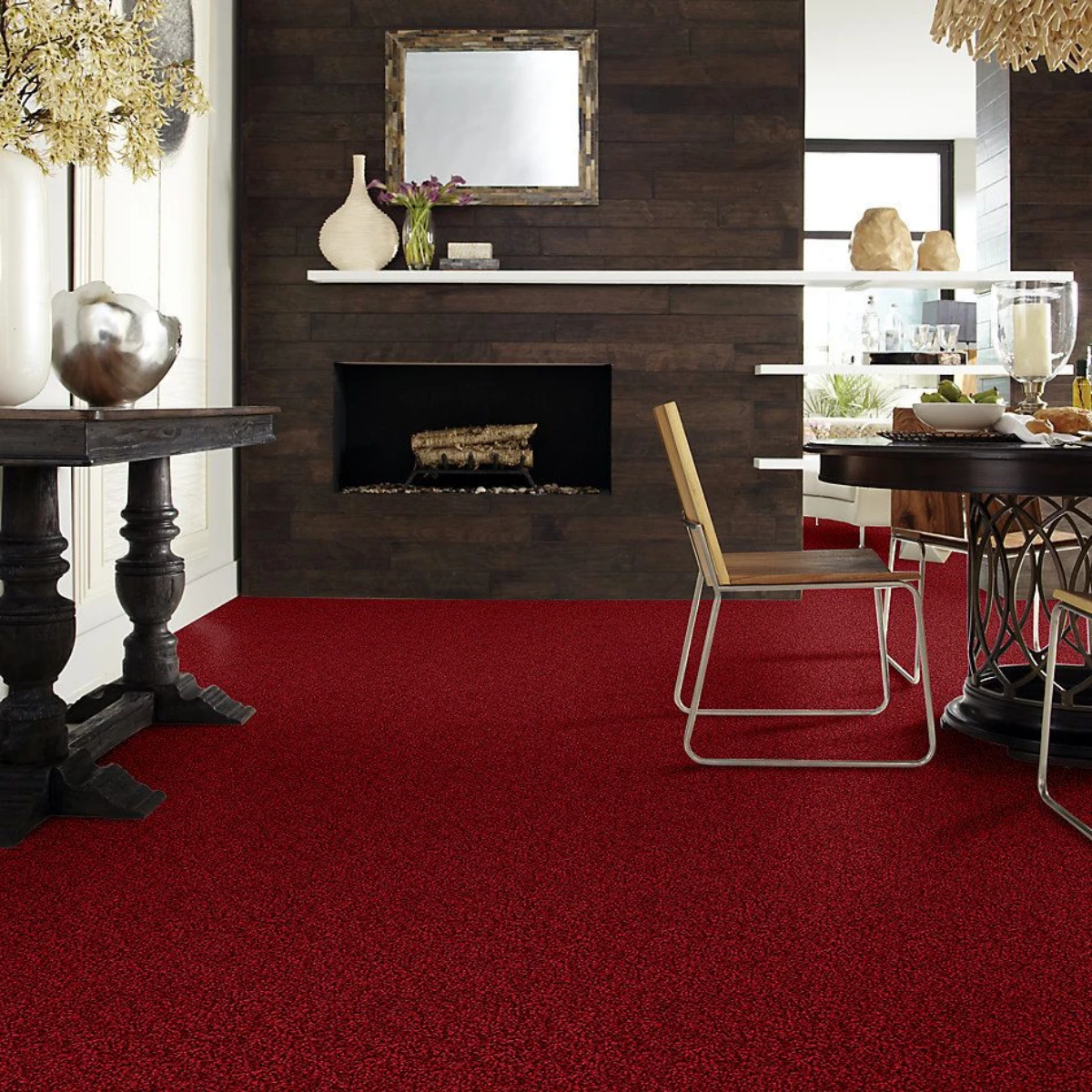
My Strategy for Picking a Carpet You’ll Love for Years
So, what’s the secret? It’s about choosing a carpet that’s designed to hide real-life dirt and wear, not just one that looks pretty in a store.
- Embrace Multiple Tones: This is the most important advice I can give. The best carpets for busy homes are almost never a solid color. Look for ones with multiple, similar shades twisted together—a beige with flecks of tan and cream, for example. Dirt isn’t one color, so this multi-tonal approach acts as natural camouflage.
- Consider a Subtle Pattern: If you want to take that camouflage to the next level, a small-scale pattern is the undisputed champion. A simple tone-on-tone geometric or a faint organic swirl is amazing at hiding life’s little messes without overwhelming the room.
- Match the Local Dirt: This is an old-school installer’s trick that really works. Take a look at the color of the soil outside your front door. If you live in an area with reddish clay, a carpet with warm, brownish undertones will be much more forgiving. In a sandy area? A light tan will hide tracked-in sand way better than a dark gray.
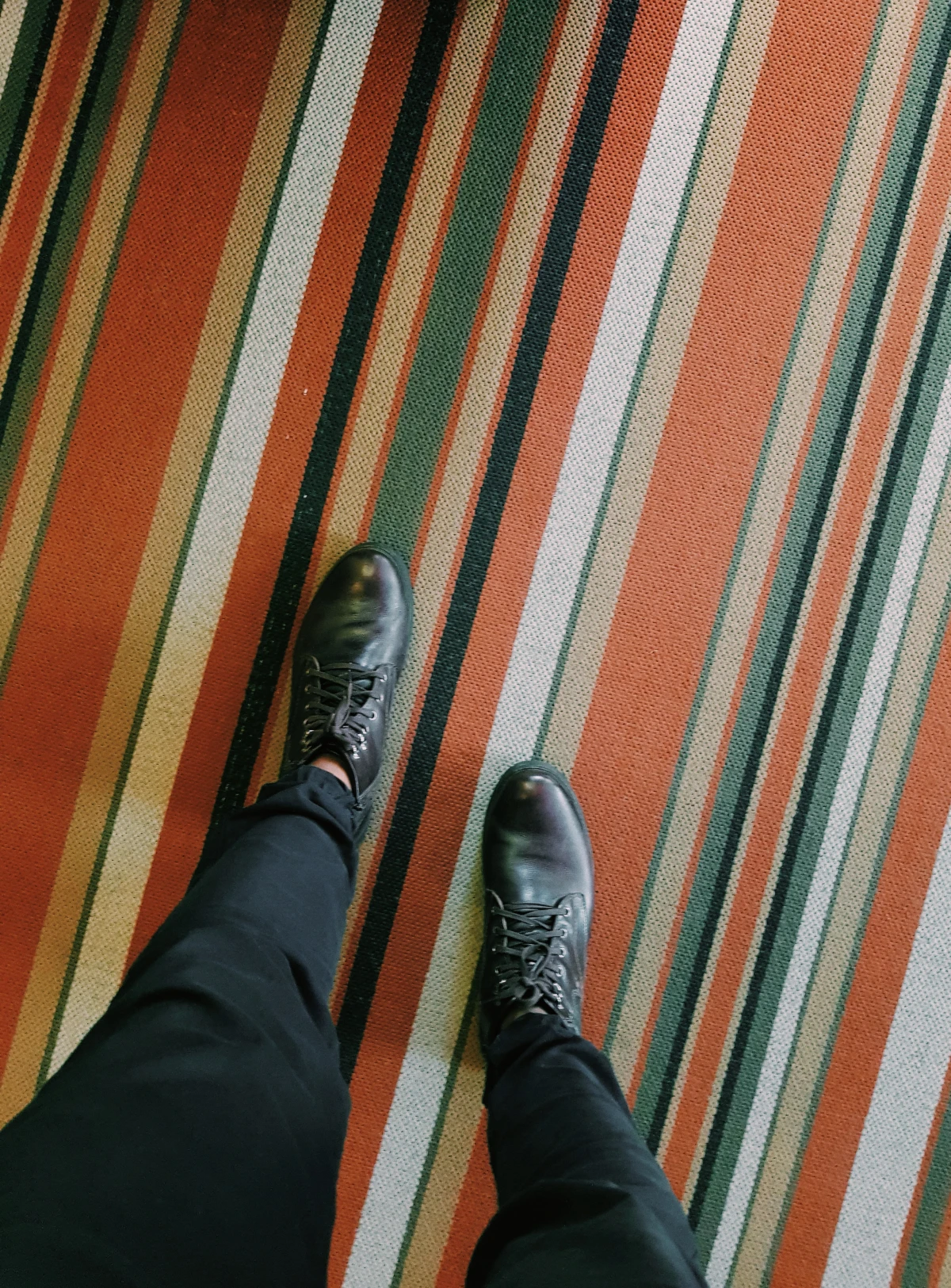
Your Pre-Purchase Checklist
Alright, you’re almost ready to head to the store. Before you pull out your wallet, make sure you have the answers to these questions. This is your final check to make sure you’re getting a floor that will last.
Walk into a reputable local flooring store (they often have more knowledgeable staff than big-box stores) and ask:
- “Is this a solution-dyed or piece-dyed carpet?” (Now you know why this matters!)
- “Can I take home a 3-foot by 3-foot sample for a few days?” (A must-do. Don’t settle for a tiny square.)
- “What does the warranty require for cleaning?” (Good to know, as most require professional hot water extraction every 12-18 months, which can run you about $50-$75 per room.)
- “What is the pile type?” (Is it a plush cut-pile that shows footprints, or a more durable loop/Berber?)
- “Is this a low-VOC product?” (Look for the “Green Label Plus” certification from the Carpet and Rug Institute for better indoor air quality.)
Ultimately, the perfect carpet is a balance between the color you want and the color you can actually live with. By thinking a little bit like an installer, you can choose a floor that not only looks incredible on day one but stays that way for years to come.
Inspirational Gallery with Photos
Thinking of going very dark to hide dirt?
Be cautious. While a deep charcoal or espresso brown is fantastic against mud or coffee spills, it can highlight everything else. Light-colored pet hair, dust bunnies, and everyday lint will stand out in sharp contrast. The installer’s true secret for hiding dirt is often a medium-toned, multi-flecked color that cleverly camouflages a wider range of life’s little messes.
The most common regret we fix? Ignoring the undertone. That perfect beige in the store can suddenly look pinkish in your home, and that stylish gray can read as a cold blue or even purple next to your sofa.
Always check your large sample against your main furniture, drapes, and wall color in full daylight. The way these elements interact with the carpet’s hidden undertones is something a showroom’s fluorescent lights will never reveal.
The ultimate camouflage isn’t a solid color—it’s a subtle pattern. A low-contrast geometric or a soft, organic swirl is a master of disguise. These patterns excel at:
- Hiding the seams from installation, which can become more apparent with age.
- Breaking up wear patterns in high-traffic zones like hallways and stairs.
- Making small, everyday spots and stains virtually disappear into the design.
Warm Taupe: Creates an inviting, cozy atmosphere that works well with wood tones and traditional furniture. It’s exceptionally forgiving with dirt and brown-toned spills.
Heathered Gray: Offers a modern, clean, and sophisticated base that makes furniture and art pop. The multi-tonal ‘heathered’ aspect is brilliant at hiding lint and dust.
Both are excellent, long-term choices, but your home’s lighting and existing color palette should be the deciding factor.
- Masks the appearance of footprints and vacuum trails.
- Creates a sense of visual texture and depth.
- Blends seamlessly with a wider range of furniture colors.
The secret is a ‘heathered’ colorway. By twisting together slightly different shades of yarn (e.g., light gray, charcoal, and mid-gray), manufacturers like Shaw Floors create a multi-tonal effect that is exceptionally practical for busy households.
Don’t just look at the carpet sample, live with it for a day. Place it in the main walkway and walk over it. Set a glass of water on it to see the color when damp. Most importantly, lay it next to the skirting board; seeing the carpet against your trim and wall color is a crucial test that many people skip.
Did you know? Solution-dyed nylon carpet, a staple of brands like Mohawk, has its color locked into the fiber’s core before it’s even spun into yarn.
This means the color is exceptionally resistant to fading from sunlight and can stand up to aggressive cleaning without losing its hue. When choosing a color for a sun-drenched room or a high-spill area like a playroom, asking for ‘solution-dyed’ fiber is as important as picking the shade itself.
A crucial detail: The carpet’s finish. A shinier, higher-luster fiber reflects more light. This can make a color appear lighter and brighter, but it will also show footprints and vacuum marks more readily. A matte finish, common in wool or textured polyester carpets, absorbs light for a richer, deeper color that’s more forgiving of daily traffic.
- Try sprinkling a little bit of dark soil (from a houseplant) onto your sample, then vacuuming it. See what remains.
- Do the same with something light, like flour or talcum powder.
This simple five-minute test will tell you more about how a color will perform in real life than staring at a clean sample for five days.


